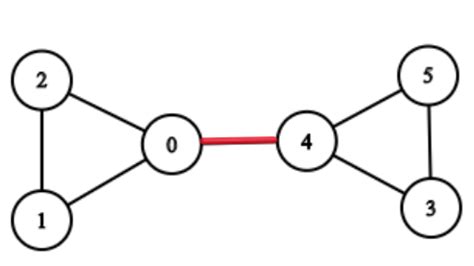In today's rapidly evolving technological landscape, the concept of connectivity has taken on a whole new meaning. Gone are the days of simple point-to-point connections; modern applications demand more sophisticated and efficient ways of linking disparate entities. This is where Graph Technology Bridge (GTB) comes into play, promising to revolutionize the way we approach connectivity. But what exactly is GTB, and how does it work?
At its core, GTB is a cutting-edge technology that leverages the power of graph databases to create a unified, flexible, and scalable framework for connecting diverse systems, applications, and data sources. By providing a common interface for data exchange and processing, GTB enables seamless communication between different entities, fostering a more integrated and cohesive ecosystem.

Key Benefits of Graph Technology Bridge
So, what makes GTB so special? Let's take a closer look at some of its key benefits:
- Unified Connectivity: GTB provides a single, standardized interface for connecting different systems, applications, and data sources. This eliminates the need for multiple, bespoke integrations, reducing complexity and increasing efficiency.
- Real-time Data Processing: With GTB, data is processed in real-time, enabling faster decision-making and more responsive applications.
- Scalability: GTB is designed to handle large volumes of data and scale with ease, making it perfect for applications with high traffic or complex data sets.
- Flexibility: GTB supports multiple data formats and protocols, allowing for seamless integration with a wide range of systems and applications.
How Graph Technology Bridge Works
So, how does GTB actually work? Here's a simplified overview of the process:
- Data Ingestion: Data is ingested from various sources, including databases, APIs, and messaging queues.
- Data Processing: The ingested data is processed in real-time, using a combination of graph algorithms and machine learning techniques.
- Data Storage: The processed data is stored in a graph database, which provides a flexible and scalable storage solution.
- Data Exchange: The stored data is exchanged with other systems and applications, using a standardized interface.

Real-World Applications of Graph Technology Bridge
GTB has a wide range of applications across various industries, including:
- Finance: GTB can be used to create a unified platform for risk management, compliance, and regulatory reporting.
- Healthcare: GTB can be used to integrate electronic health records, medical imaging, and other healthcare data sources.
- IoT: GTB can be used to connect and manage large networks of IoT devices, enabling real-time data processing and analysis.

Getting Started with Graph Technology Bridge
If you're interested in learning more about GTB and how it can benefit your organization, here are some next steps:
- Explore GTB Use Cases: Research real-world applications of GTB and explore how it can be applied to your industry or use case.
- Evaluate GTB Solutions: Evaluate different GTB solutions and vendors, considering factors such as scalability, security, and ease of use.
- Develop a GTB Strategy: Develop a clear strategy for implementing GTB, including goals, timelines, and resource allocation.





Conclusion
In conclusion, Graph Technology Bridge is a revolutionary technology that has the potential to transform the way we approach connectivity. By providing a unified, flexible, and scalable framework for connecting diverse systems, applications, and data sources, GTB enables seamless communication and real-time data processing. Whether you're in finance, healthcare, or IoT, GTB can help you achieve your goals and stay ahead of the competition.
What is Graph Technology Bridge?
+Graph Technology Bridge is a cutting-edge technology that leverages the power of graph databases to create a unified, flexible, and scalable framework for connecting diverse systems, applications, and data sources.
What are the benefits of using Graph Technology Bridge?
+The benefits of using Graph Technology Bridge include unified connectivity, real-time data processing, scalability, and flexibility.
How does Graph Technology Bridge work?
+Graph Technology Bridge works by ingesting data from various sources, processing it in real-time, storing it in a graph database, and exchanging it with other systems and applications using a standardized interface.
